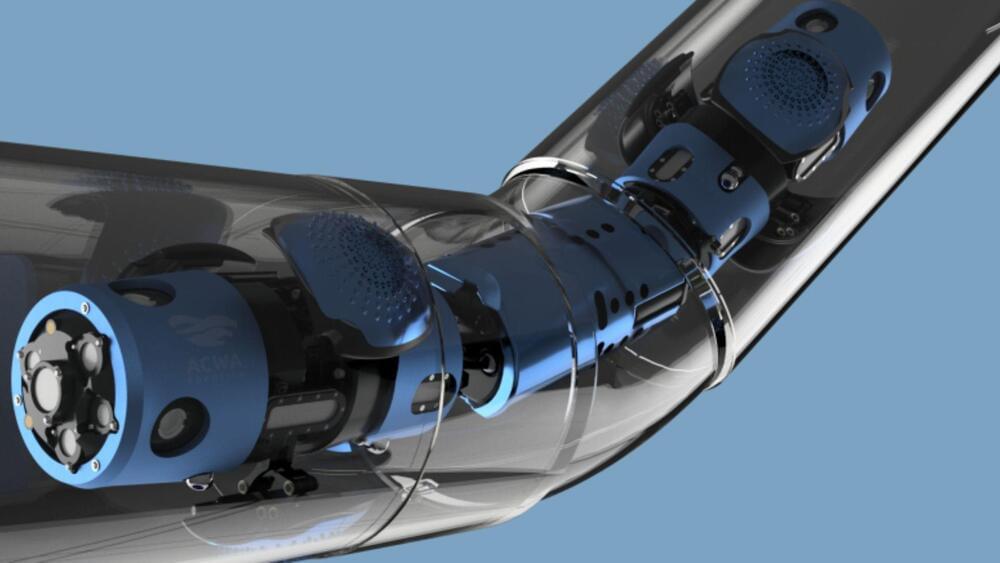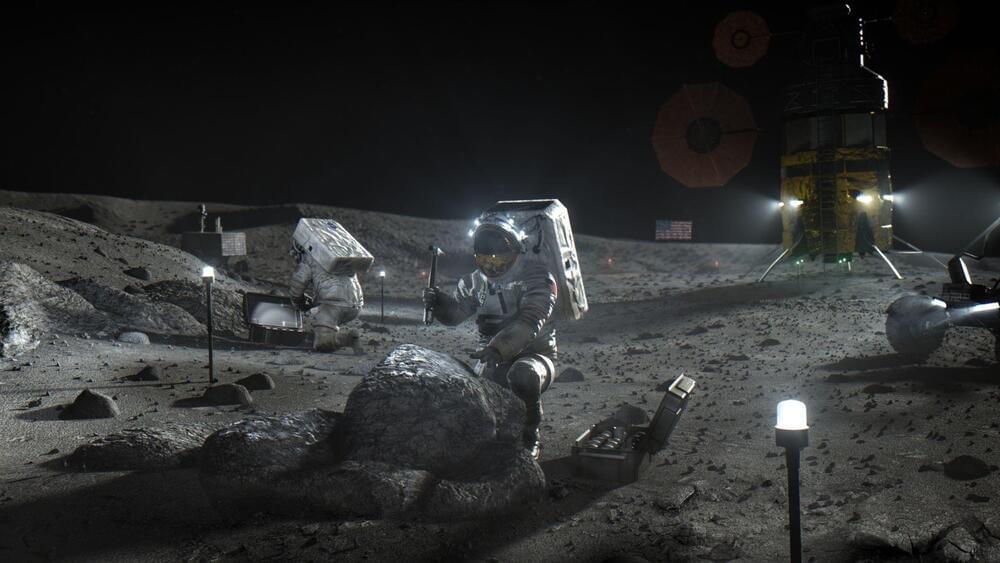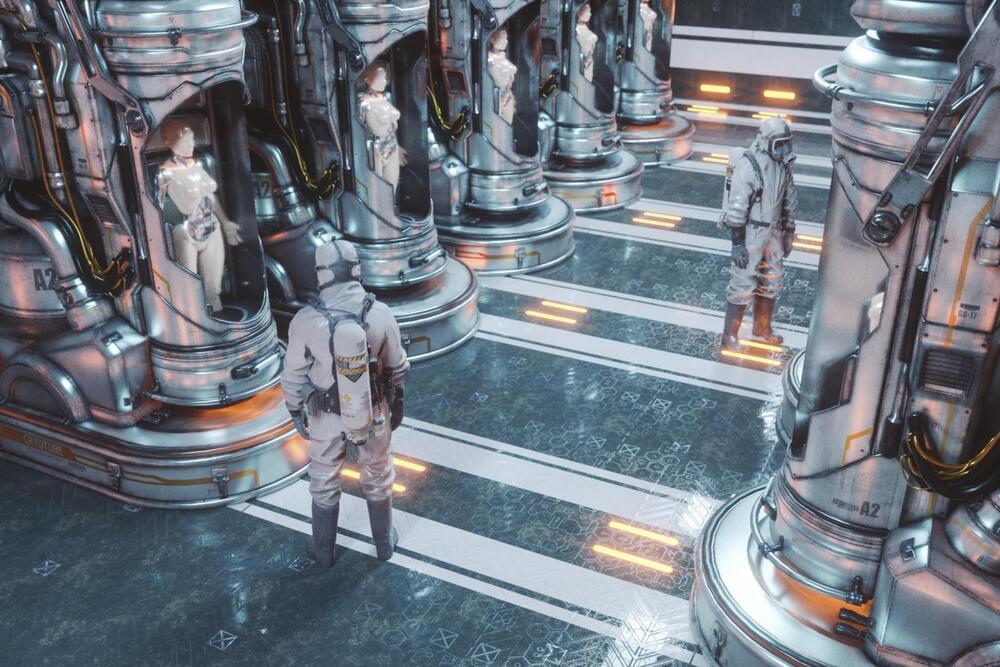3D printers to create rapid on-demand objects have only been around for a short time. It’s a popular technique for making quick mock-ups or temporary solutions, but 3D-printing can also be used for more long-term applications. For example, some museums used it to create tactile models for interactive displays or even to create structural parts to support restoration projects. Either way, these are not temporary whimsical creations, but structures that they would likely still want to be in perfect shape several years down the line.
There are also other reasons to want to preserve 3D-printed materials for more than just a few years, but we haven’t had the technology for long enough to really know what will happen to these objects over time.
To find out, art conservation researchers at the Universidad Complutense de Madrid in Spain subjected two types of 3D printing materials to an artificial accelerated aging process. When plastics age, any damage such as loss of color or chemical changes in the materials are often caused either by UV radiation from exposure to light or by extreme temperature fluctuations. To simulate these extreme environments in a much faster scale than natural aging, the researchers put the 3D printed samples and the original filaments in two different chambers: One exposing the samples to UV light and the other subjecting them to a range of high temperatures.








